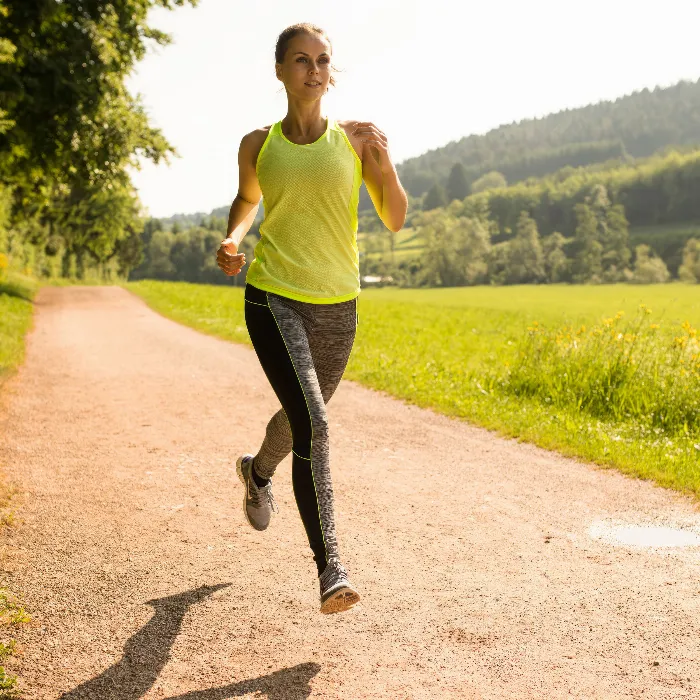Would you like to get the most out of lighting conditions and subject staging in sports photography? In this tutorial, you will learn how to work with fill cards to create impressive fitness photographs. We will take you to the fitness park and show you specific techniques for using fill cards and prime lenses. Let’s get started!
Key Insights
- The use of fill cards can minimize shadows on the model's face.
- The focal length affects how distracting elements disappear in the background.
- Proper timing and positioning are crucial for dynamic sports shots.
Step-by-Step Guide
Position Your Camera
At the beginning, you need to choose the right camera position. Make sure to select a perspective that showcases the subject optimally. Can you find the perfect spot to capture a look at the camera? Position the camera approximately at the eye level of the model.
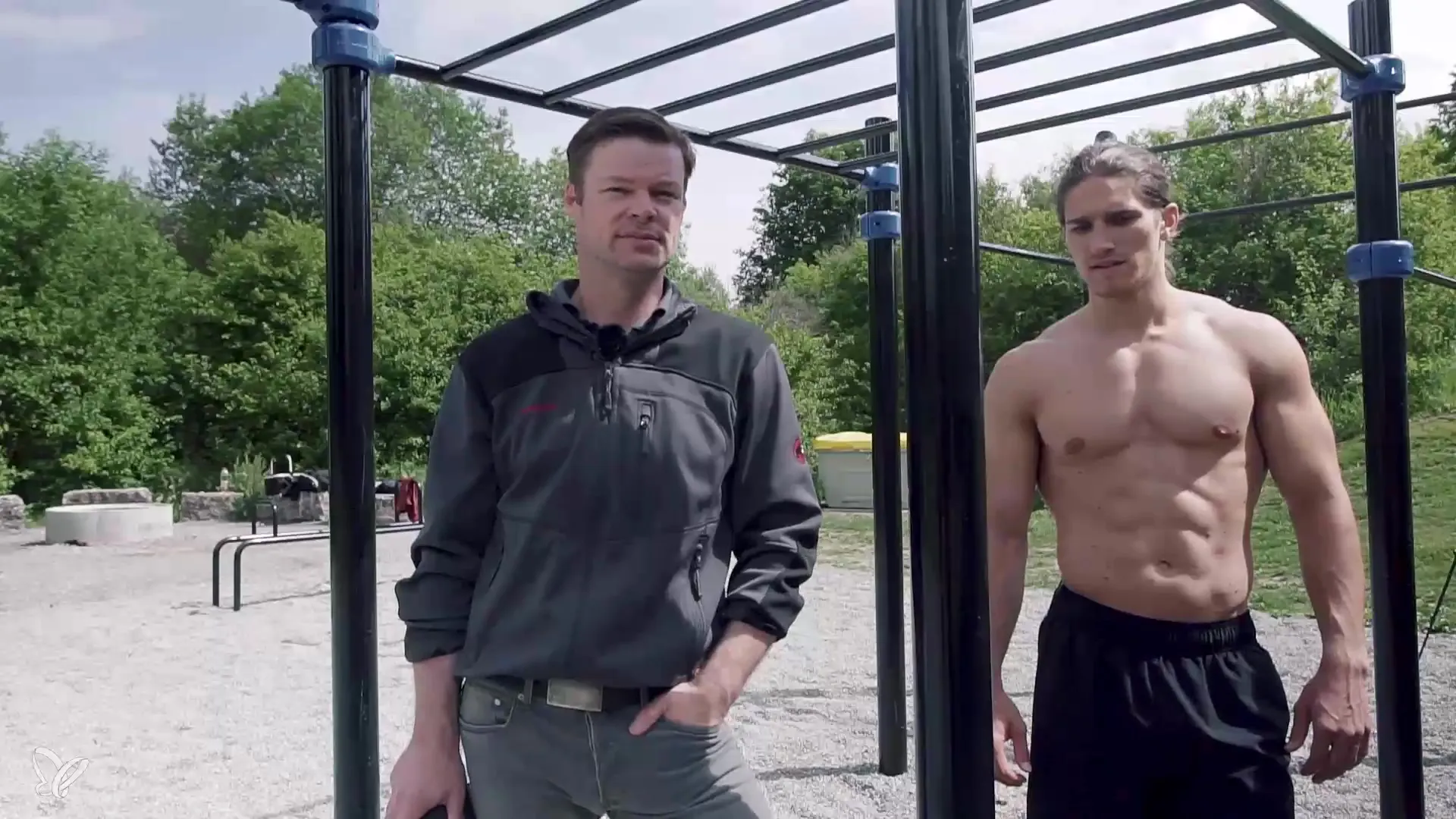
The Fill Card in Use
To clearly and distinctly represent the facial features of your model, a fill card is essential. Ask your model to position themselves correctly so that the fill card captures the light beam well. While the model warms up, observe how the light changes and plan your shots around this dynamic.

Interaction with the Model
During breaks, wait until the model is no longer looking directly into the sun to avoid glare. It is essential that your model feels comfortable and acts in a relaxed posture. Use this time to discuss the next shots and optimize the model's facial expression.
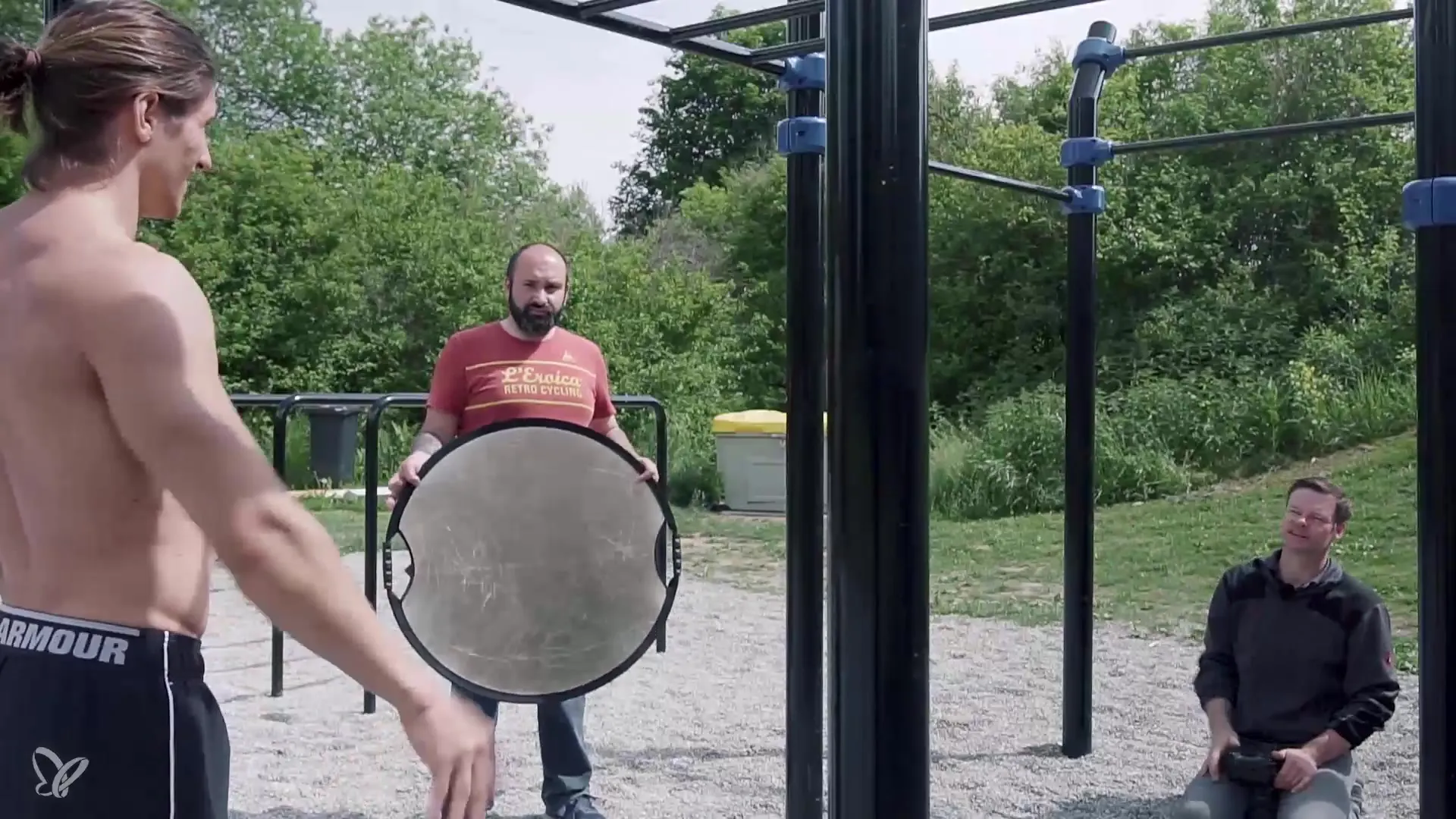
Warm-up for Action Shots
Before starting the actual photo session, let your model perform a few exercises. This warm-up is important not only for the muscles but also for aesthetics—the muscle contours become visible, which is advantageous for sports portraits.

Photography from Different Angles
Experiment with various camera positions to optimally capture the light and background. Change the focal length to minimize distracting elements in the image. Move closer to the action with your camera and don't hesitate to use different focal lengths.

Adjust Focus Point
Use autofocus to ensure that your model's face is always sharp, even when the distance changes. This technique is particularly important for precisely capturing moments in motion.
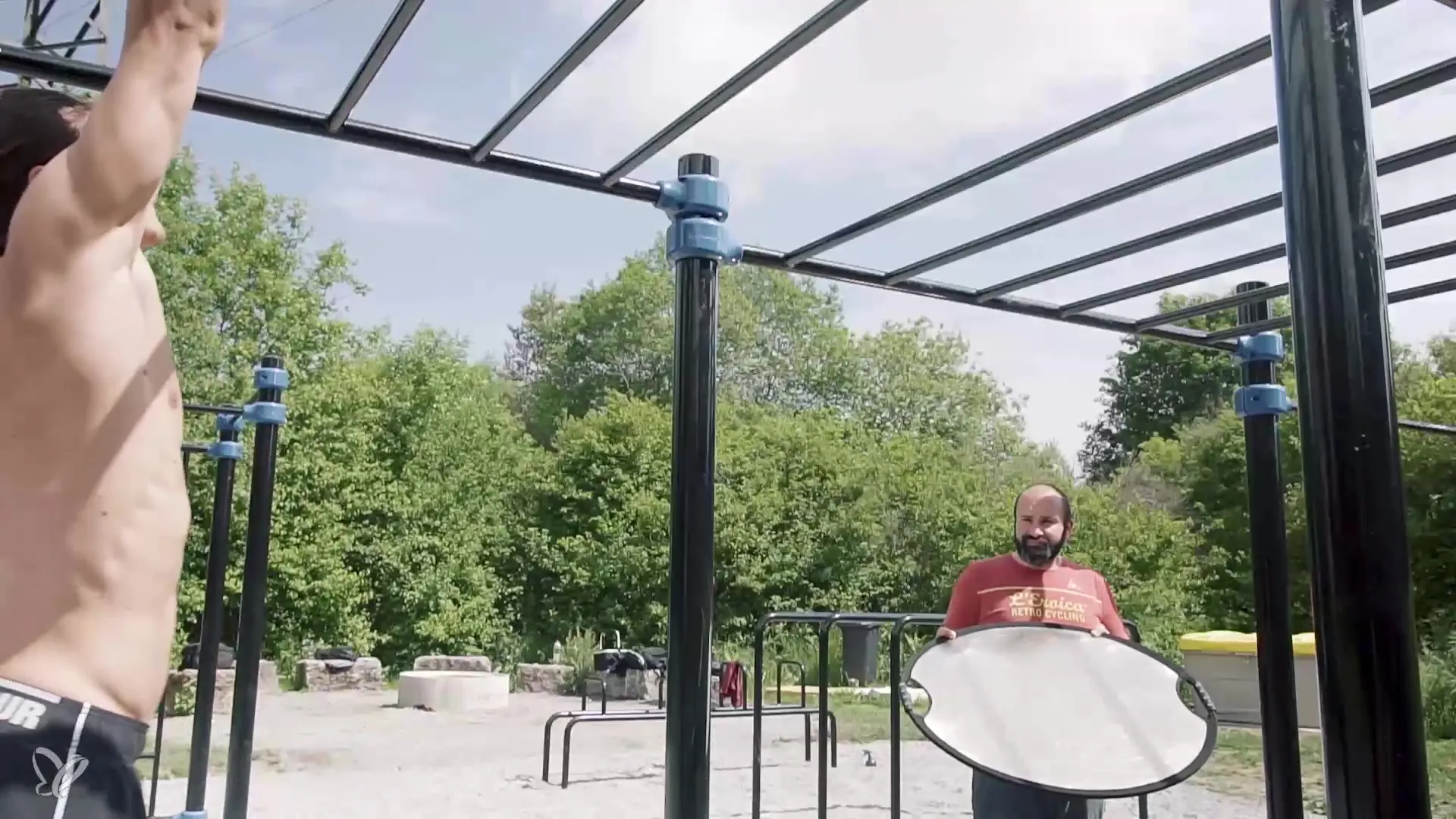
Intensify Lighting
Adjust your camera settings to optimally capture the lighting conditions. A high aperture (e.g., f/1.4) combined with a low ISO (e.g., 100) results in sharp images and allows light to evenly illuminate the model's face.
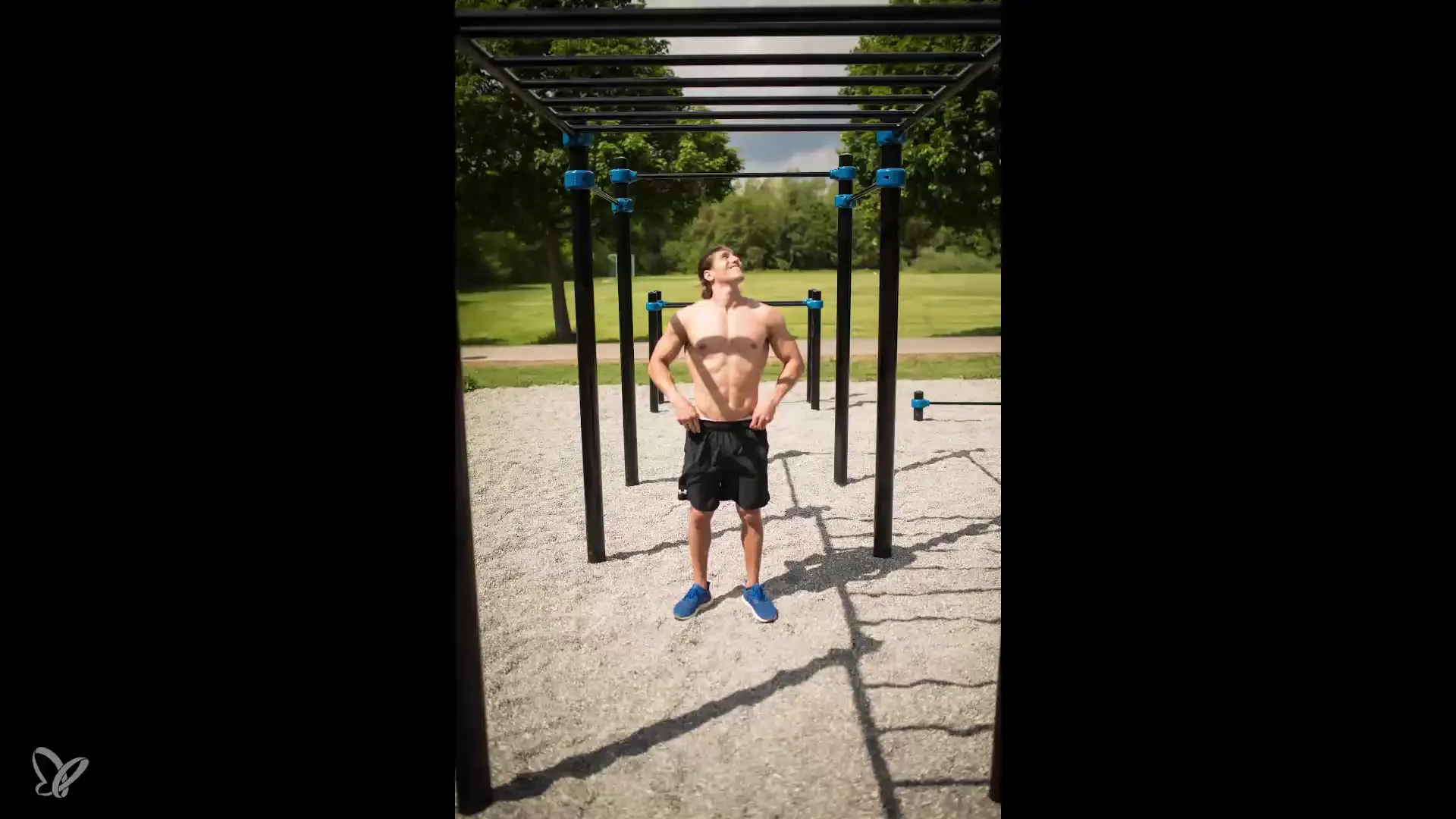
Dynamic Through Movement
Ask your model to walk toward you at the same pace while you adjust the fill card with a changed position. This way, the exposure remains constant and the facial features are not overexposed, even if the model comes closer.

Wrap up the Scene
After you have taken enough shots, conclude this session with a clear signal. Choose a place to discuss the next steps of the photo session and focus on the next topic of sports portrait.
Summary – Staged Sports Photography: Effectively Using Fill Cards
In this guide, you have learned how to effectively use the fill card in sports photography and utilize focal length to optimize your image composition. The use of light and skillful use of perspective are key factors in achieving impressive results.
Frequently Asked Questions
How does focal length affect the image?The focal length helps to minimize distracting elements in the background and highlight the main subject.
Why are fill cards important?Fill cards compensate for light differences and provide even lighting that reduces shadows on the model's face.
How can I increase my model's well-being?By taking breaks and encouraging the model to relax and keep loose during the shots.
How do I find the perfect shooting angle?Experiment with different positions and heights to make optimal use of light.
What are the key camera settings for sports shots?A high aperture and low ISO settings ensure sharp and well-lit images, even in active scenes.
